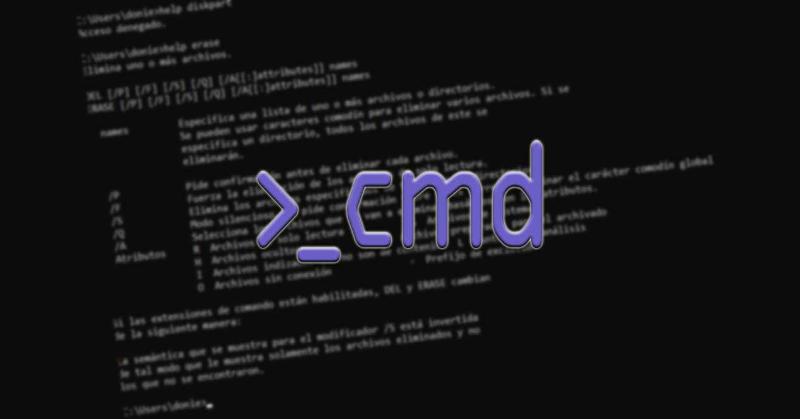
Differences between rust format marco
本文最后更新于 2024-03-22,本文发布时间距今超过 90 天, 文章内容可能已经过时。最新内容请以官方内容为准
Differences between rust format marco
In Rust, the format_args! macro and the format! macro are both used for formatting strings, but they have some key differences in their usage.
-
format_args!Macro:- The
format_args!macro is used to create an instance ofstd::fmt::Argumentstype, which contains all the information required for formatting. - It is typically used when you need to save the formatted data for later, rather than outputting it immediately, or when you need to pass the formatted data to a function that expects to receive an
Argumentstype. - Using
format_args!macro does not perform the string formatting directly but generates an object containing the formatting information, which can be used by thestd::fmt::formatfunction or other functions that accept anArgumentstype parameter.
Example:
use std::fmt; let args = format_args!("Hello, {}!", "world"); let s = fmt::format(args); assert_eq!(s, "Hello, world!"); - The
-
format!Macro:- The
format!macro is a convenience wrapper forformat_args!, which uses theformat_args!macro internally to createArgumentsinstances and then immediately uses thestd::fmt::formatfunction to convert these arguments into aString. - It directly generates the final formatted string, usually used when you need to immediately create and use the formatted string.
- The
format!macro is more concise because it eliminates the step of manually calling theformatfunction.
Example:
let s = format!("Hello, {}!", "world"); assert_eq!(s, "Hello, world!"); - The
Summary
-
In summary, the
format_args!macro provides more flexibility, allowing you to create an instance of formatted arguments and use it when needed, while theformat!macro offers a quick and convenient way to generate a formatted string. In most cases, if your goal is to generate a formatted string directly, usingformat!macro is more straightforward. If you need more granular control over the formatting process or need to pass the formatted data to other functions,format_args!macro is a better choice. -
Expanding on this, it’s worth noting that the
format!macro is so commonly used that it is often preferred for its simplicity and ease of use. It is the preferred method for most formatting tasks in Rust, as it combines the power of pattern matching with the convenience of immediate string creation. This makes it an excellent choice for a wide range of applications, from simple string substitutions to complex data formatting tasks. -
Additionally, the
format!macro is also capable of handling many edge cases and special scenarios, such as formatting references, slices, and other complex data structures. This flexibility, combined with its ease of use, makes it a powerful tool for any Rust programmer.




